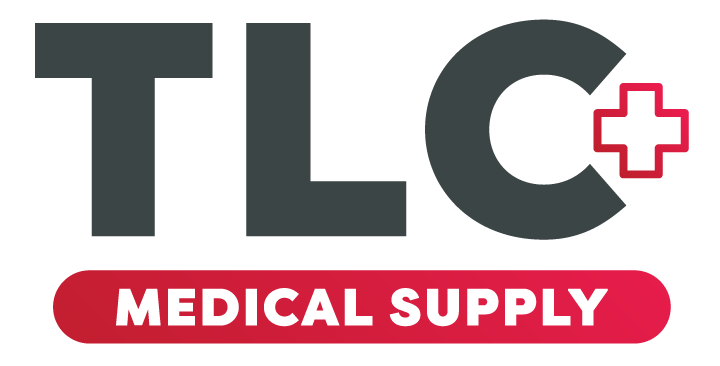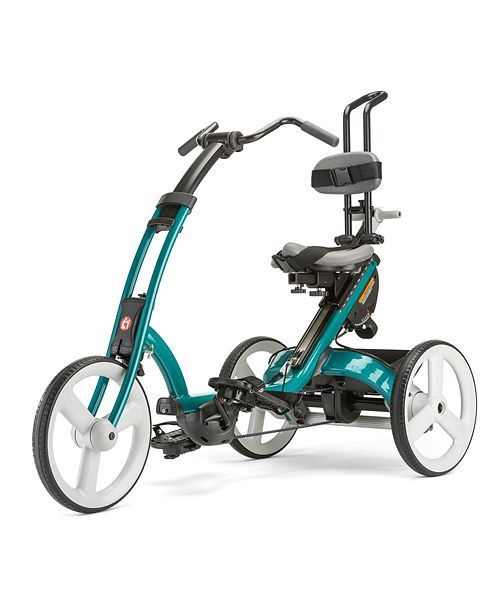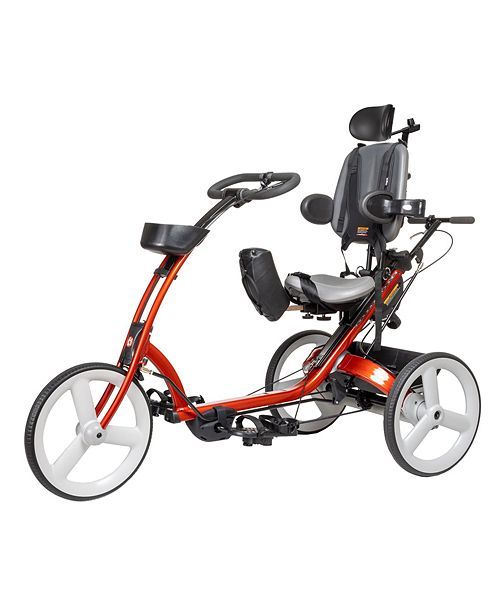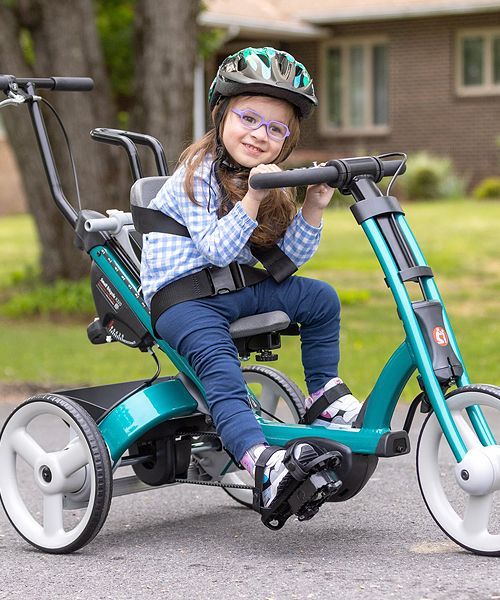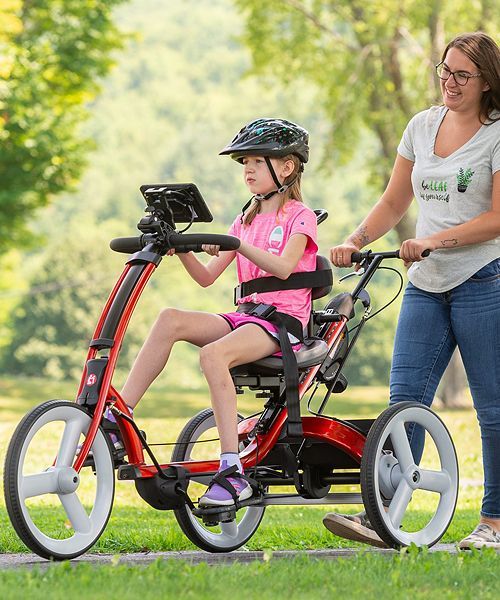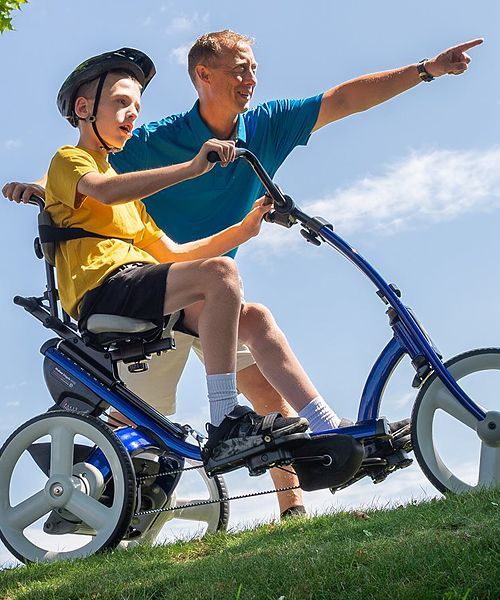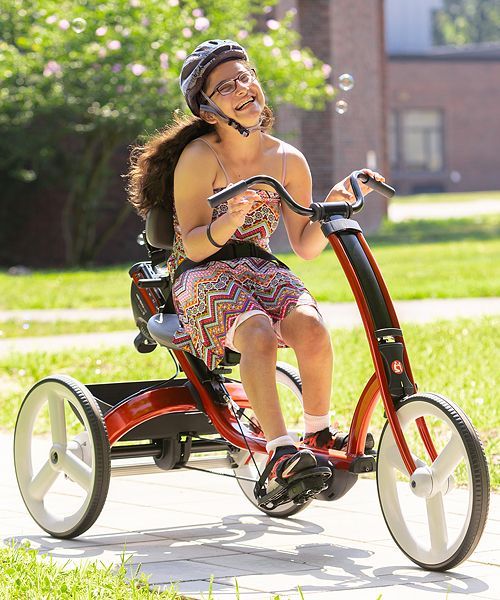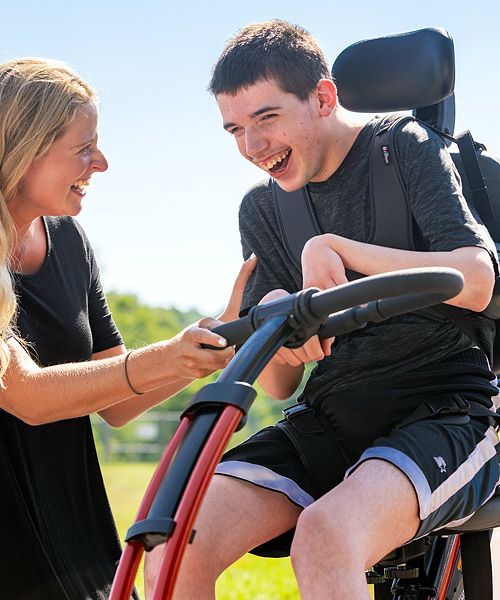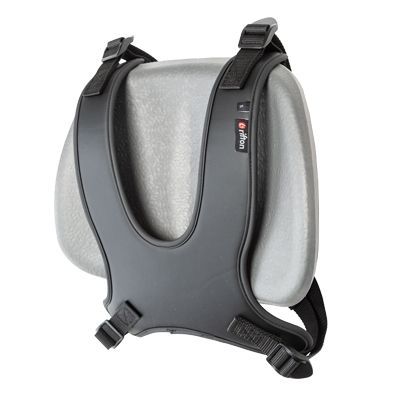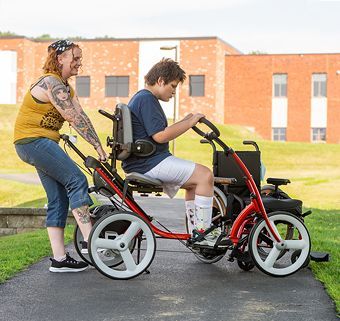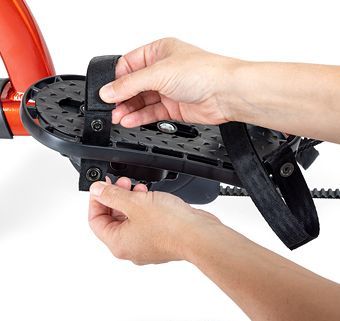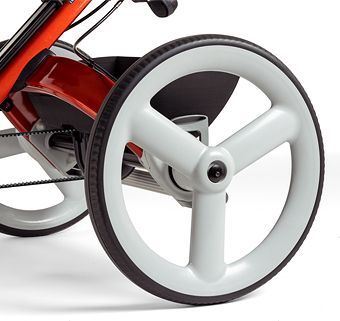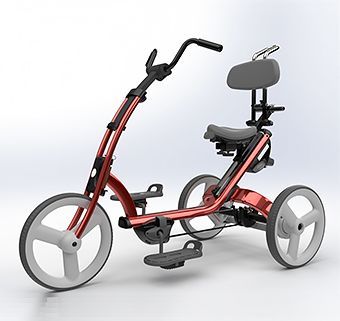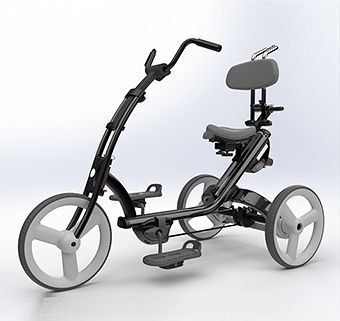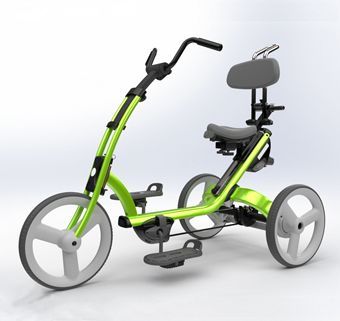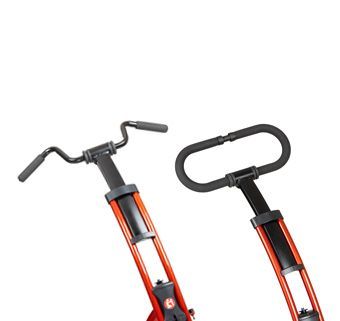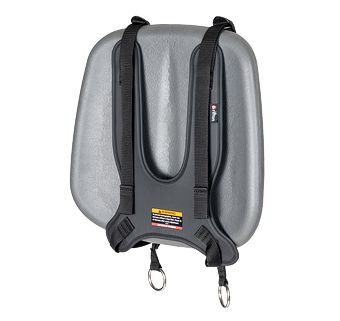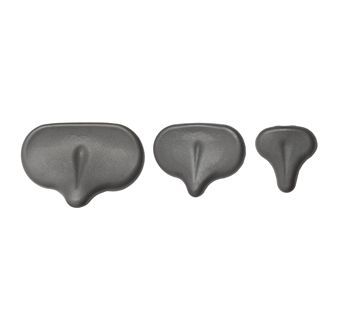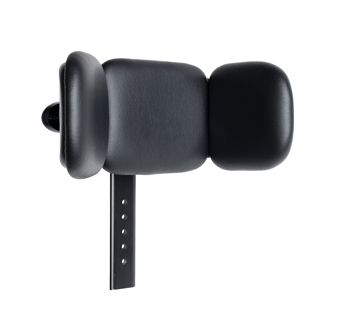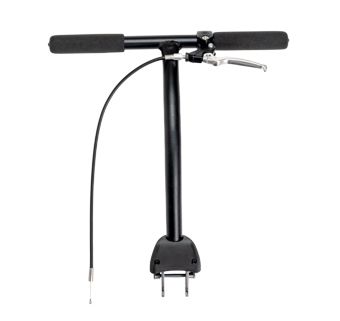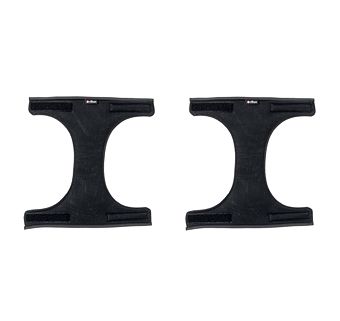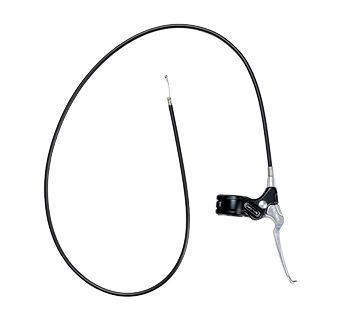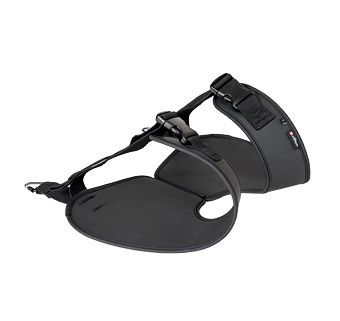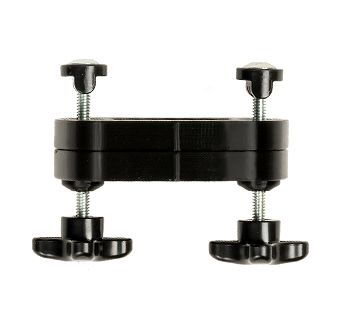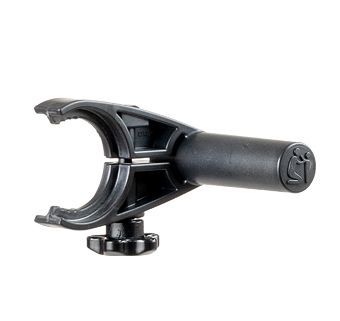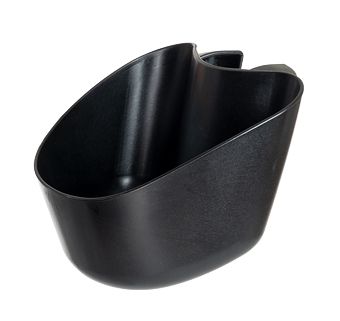Adaptive Tricycle
(New design for all 3 sizes now available)
Completely Re-imagined.
At Rifton we believe everyone deserves the chance to ride. Biking is more than just recreational; it’s therapeutic. We know the health benefits that come with cycling, especially for children with disabilities – improved leg strength, posture, balance and range of motion. We’ve also seen how it helps their socialization, their engagement with friends and family. Adaptive tricycles help non-ambulatory people experience the joy and freedom of independent movement.
In the forty years that we’ve been making adaptive tricycles, we’ve sought continually to make our designs more accessible and functional. The new Rifton Adaptive Tricycle brings our experience and your input together with cutting-edge materials and technology to create the ultimate ride. It is sleek, rugged, adaptable and a whole lot of fun.
Thankfully, even insurers and other funding sources are beginning to recognize that for a person with disabilities, a trike is far more than merely recreational; an adaptive tricycle is often medically necessary for someone who cannot walk independently or who sits for long hours in a wheelchair.
New features
Features
Riding a bike is part of childhood, and this bike for children with special needs aims to provide that exhilarating experience to every child. We’ve thought through all the features – from the supportive backrest to the low transfer step – that will make this tricycle as accommodating as possible. Use the slides below to learn more about Adaptive Tricycles.
Seat adjustability & Backrest angle
Adjustable pedals
Puncture proof wheels & rear basket
Easy Transport
Colors
Carmakers believe in the long-term benefits of baked-on powder coating. So do we. Designed to stand up to wind and weather, our colors also conform to American and European toy safety standards.
The large tricycle is available in five colors: blue, red, teal, black and white.
The medium and small tricycles are available in five colors: blue, red, teal, lime and pink.
Components
Use the slides below to learn more about the components of the Adaptive Tricycle.
Handlebars
Trunk support & backrest pad
Seats
Headrests & laterals
Push handle & rear steer
Hand anchors
Front handbrake & Front guide bar
Abductor & Abductor with adduction straps
New! Pelvic harness
Pedal raise kit & stationary stand
Mounting bar (for device holder)
Front basket & Outdoor cover
Therapists or Medical Professional?
Are you a therapist or medical professional needing information on products or to request a product trial from one of our dedicated full time Rehab and Seating Consultants?
Please fill in our online request form today and we will have a Consultant reach out directly to you.

